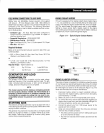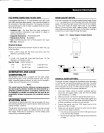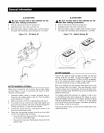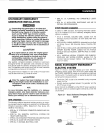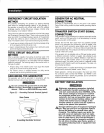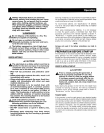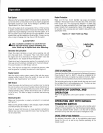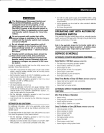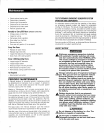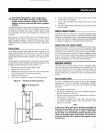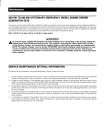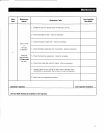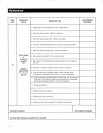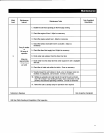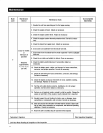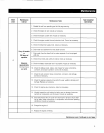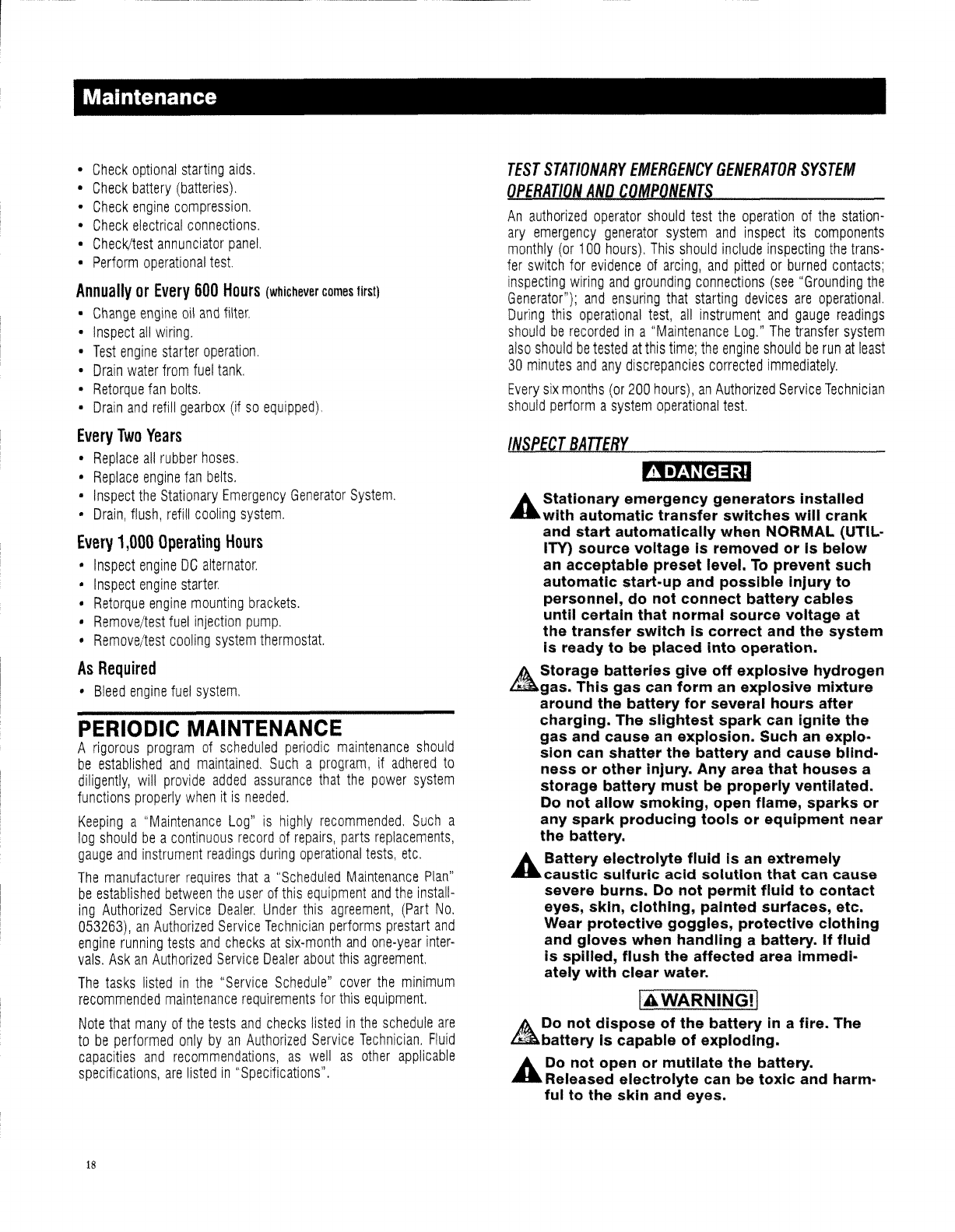
Maintenance
•
Check
optional
starting
aids.
•
Check
battery
(batteries).
•
Check
engine
compression.
•
Check
electrical
connections.
•
Check/test
annunciator
panel.
•
Perform
operational
test
Annually
or
Every
600
Hours
(whichever
comes
first)
•
Change
engine
oil
and
filter.
•
Inspect
all
wiring.
•
Test
engine
starter
operation.
•
Drain
water
from
fuel
tank.
•
Retorque
fan
bolts.
•
Drain
and
refill
gearbox
(if
so
equipped).
Every
Two
Years
•
Replace
all
rubber
hoses.
•
Replace
engine
fan
belts.
•
Inspect
the
Stationary
Emergency
Generator
System.
•
Drain,
flush,
refill
cooling
system.
Every
1,000
Operating
Hours
•
Inspect
engine
DC
alternator.
•
Inspect
engine
starter.
•
Retorque
engine
mounting
brackets.
•
Remove/test
fuel
injection
pump.
•
Remove/test
cooling
system
thermostat.
As
Required
•
Bleed
engine
fuel
system.
PERIODIC
MAINTENANCE
A
rigorous
program
of
scheduled
periodic
maintenance
should
be
established
and
maintained.
Such
a
program,
if
adhered
to
diligently,
will
provide
added
assurance
that
the
power
system
functions
properly
when
it
is
needed.
Keeping
a
"Maintenance
Log"
is
highly
recommended.
Such
a
log
should
be
a
continuous
record
of
repairs,
parts
replacements,
gauge
and
instrument
readings
during
operational
tests,
etc.
The
manufacturer
requires
that
a
"Scheduled
Maintenance
Plan"
be
established
between
the
user
of
this
equipment
and
the
install-
ing
Authorized
Service
Dealer.
Under
this
agreement,
(Part
No.
053263),
an
Authorized
Service
Technician
performs
prestart
and
engine
running
tests
and
checks
at
six-month
and
one-year
inter-
vals.
Ask
an
Authorized
Service
Dealer
about
this
agreement
The
tasks
listed
in
the
"Service
Schedule"
cover
the
minimum
recommended
maintenance
requirements
for
this
equipment.
Note
that
many
of
the
tests
and
checks
listed
in
the
schedule
are
to
be
performed
only
by
an
Authorized
Service
Technician.
Fluid
capacities
and
recommendations,
as
well
as
other
applicable
specifications,
are
listed
in
"Specifications".
18
TEST
STATIONARY
EMERGENCY
GENERATOR
SYSTEM
OPERATION
AND
COMPONENTS
An
authorized
operator
should
test
the
operation
of
the
station-
ary
emergency
generator
system
and
inspect
its
components
monthly
(or
100
hours).
This
should
include
inspecting
the
trans-
fer
switch
for
evidence
of
arcing,
and
pitted
or
burned
contacts;
inspecting
wiring
and
grounding
connections
(see
"Grounding
the
Generator");
and
ensuring
that
starting
devices
are
operational.
During
this
operational
test,
all
instrument
and
gauge
readings
should
be
recorded
in
a
"Maintenance
Log."
The
transfer
system
also
should
be
tested
at
this
time;
the
engine
should
be
run
at
least
30
minutes
and
any
discrepancies
corrected
immediately.
Every
six
months
(or
200
hours),
an
Authorized
Service
Technician
should
perform
a
system
operational
test
INSPECT
BAUERY
A Stationary emergency generators Installed
....
with automatic transfer switches will crank
and start automatically when NORMAL (UTIL-
ITY) source voltage Is removed or Is below
an
acceptable preset level.
To
prevent such
automatic start-up and possible Injury to
personnel, do not connect battery cables
until certain that normal source voltage at
the transfer switch Is correct and the system
Is ready to be placed Into operation.
A Storage batteries give off explosive hydrogen
~gas.
This gas can form an explosive mixture
around the battery for several hours after
charging. The slightest spark can Ignite the
gas and cause
an
explosion. Such
an
explo-
sion can shatter the battery and cause blind-
ness or other Injury. Any area that houses a
storage battery must be properly ventilated.
Do
not allow smoking, open flame, sparks or
any spark producing tools or equipment near
the battery.
A Battery electrolyte fluid Is an extremely
....
caustic sulfuric acid solution that can cause
severe burns.
Do
not permit fluid to contact
eyes, skin, clothing, painted surfaces, etc.
Wear protective goggles, protective clothing
and gloves when handling
a battery. If fluid
Is spilled, flush the affected area Immedi-
ately with clear water.
IAWARNINGII
A
Do
not dispose of the battery
In
a fire. The
~battery
Is capable of exploding.
A
Do
not open or mutilate the battery.
....
Released electrolyte can be toxic and harm-
ful to the skin and eyes.



